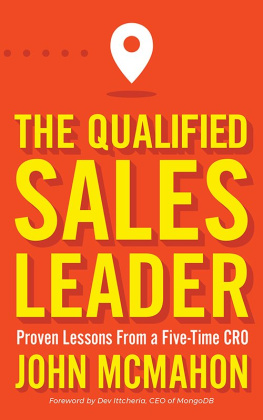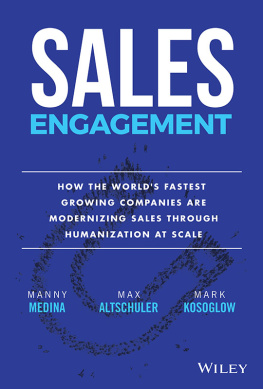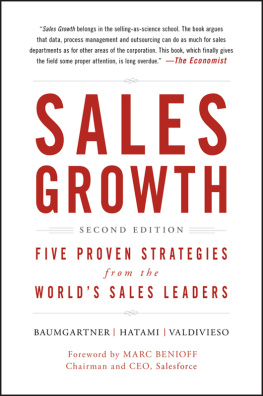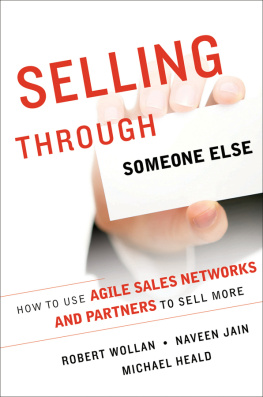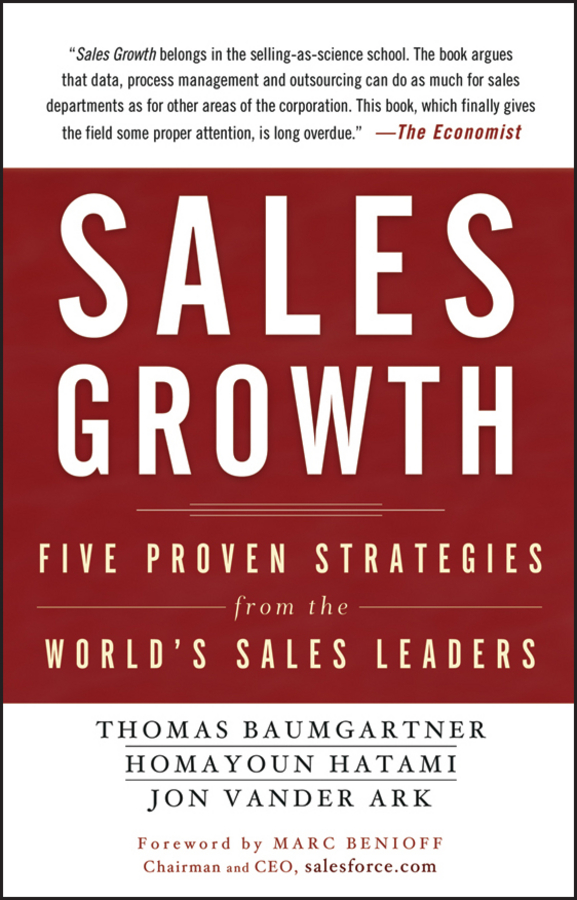Contents

Copyright 2012 by McKinsey & Company. All rights reserved.
Published by John Wiley & Sons, Inc., Hoboken, New Jersey.
Published simultaneously in Canada.
No part of this publication may be reproduced, stored in a retrieval system, or transmitted in any form or by any means, electronic, mechanical, photocopying, recording, scanning, or otherwise, except as permitted under Section 107 or 108 of the 1976 United States Copyright Act, without either the prior written permission of the Publisher, or authorization through payment of the appropriate per-copy fee to the Copyright Clearance Center, Inc., 222 Rosewood Drive, Danvers, MA 01923, (978) 750-8400, fax (978) 646-8600, or on the Web at www.copyright.com . Requests to the Publisher for permission should be addressed to the Permissions Department, John Wiley & Sons, Inc., 111 River Street, Hoboken, NJ 07030, (201) 748-6011, fax (201) 748-6008, or online at www.wiley.com/go/permissions .
Limit of Liability/Disclaimer of Warranty: While the publisher and author have used their best efforts in preparing this book, they make no representations or warranties with respect to the accuracy or completeness of the contents of this book and specifically disclaim any implied warranties of merchantability or fitness for a particular purpose. No warranty may be created or extended by sales representatives or written sales materials. The advice and strategies contained herein may not be suitable for your situation. You should consult with a professional where appropriate. Neither the publisher nor author shall be liable for any loss of profit or any other commercial damages, including but not limited to special, incidental, consequential, or other damages.
For general information on our other products and services or for technical support, please contact our Customer Care Department within the United States at (800) 762-2974, outside the United States at (317) 572-3993 or fax (317) 572-4002.
Wiley also publishes its books in a variety of electronic formats. Some content that appears in print may not be available in electronic books. For more information about Wiley products, visit our website at www.wiley.com .
Library of Congress Cataloging-in-Publication Data:
Sales growth: five proven strategies from the worlds sales leaders / McKinsey & Company... [et al.]
p. cm.
Includes index.
ISBN 978-1-118-34351-7 (cloth); ISBN 978-1-118-37618-8 (ebk); ISBN 978-1-118-37619-5 (ebk); ISBN 978-1-118-37621-8 (ebk)
1. Sales management. I. McKinsey and Company.
HF5438.4.S2268 2012
658.81dc23
2012008104
Foreword
Ive always wanted to start a company. I grew up watching my father build a chain of apparel stores, and I started my first business, Liberty Software, when I was 15. A friend and I wrote computer games ( Crypt of the Undead was one of our first), my grandmother wrote the music, and we sold them to Atari. In college, I ran the company out of my dorm room; I studied entrepreneurship, and interned at Apple where I wrote code for the Macintosh and became enamored with the Think different mindset that permeated the organization from the revolutionary products we built to the pirate flag flying on the roof. Early in life, I knew I wanted to create new products, encourage revolutionary ideas, and build a distinctive culture in my businesses.
So, it came as a great surprise when upon college graduation my entrepreneurship professors told me not to start my own business but instead get real-world experience. Specifically, they urged me to take a sales position that focused on building relationships with customers. They called it carrying a bag.
I was less than enthusiastic. A career in sales wasnt anything close to the path I had envisioned for myself. Yet this turned out to be some of the best business guidance Ive ever received. It certainly changed my life and deeply influenced the company I ultimately did create.
After graduation I accepted a job at Oracle answering its 1-800 number. I didnt want to be a 1-800 number operator, but soon I discovered that working with the customer was a lot easier and a lot more fun than writing code. It also taught me the value that guides everything we do today: nothing is more important than customer success, and sales is the entry point to learning how to make the customer successful. Sales is everything.
Anyone on the front line has incredible access to information about the customer, the competition, and the changing market. Therefore, sales gives us the intelligence we need to deliver products and compete. But sales is more than thatits really the heart of an organization, what keeps it aliveand far too often its overlooked.
During my career, Ive had a chance to see sales from every angle. Early on, through my work as a salesperson, I understood the value of a program that would allow people to track leads, manage contacts, and keep tabs on account information. I also knew the traditional systems we had, which were expensive to buy, time-consuming to implement, and difficult to use, could be vastly improved. Observing the trends that were happening in the consumer world, I thought that sales force automation and customer relationship management products could better serve customers if they were sold as a service and delivered over the Internet, or in the cloud, which would make these pivotal products faster to implement, easier to use, and far less expensive. So, I founded salesforce.com to revolutionize the industry. At the time, I had no idea that we would ultimately evolve our service to other areas and also develop a platform on which others could build new applications, but that is what our customers showed us they needed. Today, we are leveraging new social and mobile technologies to help businesses connect and collaborate with their customers in new ways. Companies like Toyota, Burberry, and GE are using our technologies to transform themselves into social enterprises that can go faster, become better aligned across more functions and business groups, and be more innovative.
This shift to the social enterprise is more profound than anything weve seen, and it will have lasting ramifications on how we sell. Using social media, potential buyers are looking to engage with brands in ways never before possible. We are now working in a world in which everyone is trying to determine how to best leverage new web-based and social platforms to sell, but this does not mean that technology replaces sales. Too many companies have cut sales departments or neglected to nurture them. Selling is as importanteven more importantthan ever.
This is not a time to ignore sales; its a time to reassess and reinvent it. As technology evolves and makes the world closer, more global, and more interconnected, I have only become more convinced of the importance of sales and the need for companies to implement the right strategies and right services to get better at selling. Having a dedicated, strategic, and passionate sales team is the way for companies to grow. By managing and motivating sales to close as much business as possible, and using tools to make the process more transparent, more collaborative, and more strategic, companies can deliver sustained and consistent growth.
As the CEO of salesforce.com , which has more than 100,000 customers from the Dr. Pepper Snapple Group to KLM Airlines, I meet with thousands of sales executives every year. In my own business as well as those of our customers, I witness how sales is being transformed. The professionalization of purchasing departments has pushed sales forces to improve their knowledge, sophistication, and service. Its a global economy, and vast new markets have opened. To compete, you must collaborate with businesses and consumers across the globe. Traditional sales reps lugging briefcases (carrying a bag) have been replaced by modern sales professionals who approach sales with the right mix of art and scienceand typically carry only a mobile device or tablet. The explosion of data, the rise of cloud computing, and the power of social networks are enabling companies to further empower their sales forces.


